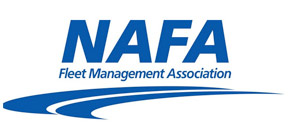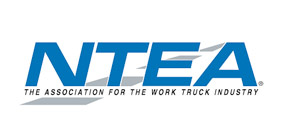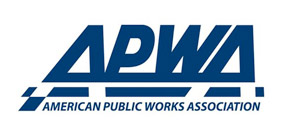Regional pavement maintenance program ensures quality roads county-wide

As the days get longer and the sun begins to shine, municipalities across the United States have to deal with a universal challenge, the deterioration of their roads. The winter weather, moisture, chemical treatments, drainage and consistent traffic can lead to bumps, potholes and rough surfaces.
The varying weather patterns of the past 15 years present a unique challenge when considering road repair and surface condition. Unseasonably warm weather throughout the year can lead to the rutting of roads. Extreme snowfall or ice storms can lead to moisture infiltration, weakening the base and leading to erosion. Even high winds can deposit debris on roads and complicate patching or repair. These weather events add to the stress of repairing roads for small towns.
For many small townships and villages, the process of repair, patching and replacing can be very costly. Budget shortfalls, inconsistent funding sources and cost of goods add their own strain to each town. Nationwide inflation over the past 15 years has raised most goods and services around 40%, according to the CPI Inflation Calculator. Tax rates and funding for small towns cannot keep up with the inflationary costs, and for many communities, the services provided must be restricted or cut.

In addition, the administrative burden of addressing every necessary repair can be burdensome as well. When budget constraints set in, many civic leaders find themselves wearing several hats and taking on additional responsibilities to ensure their towns remain operational. This administrative burden means higher stress, higher turnover and more conflict in the day-to-day operations of a town. Trying to carve out the time to generate a bid for every piece of road that needs attention can feel overwhelming and remain incomplete. Summit County, Ohio, has found a way to address this annual cycle of road repair. In 2011, the county’s executive worked with several departments and the Summit County engineer to develop the regional pavement maintenance program.
The pavement maintenance program offers local towns, townships and villages the opportunity to combine their efforts and work together to address road issues. According to the Summit County engineer’s website, “The pavement maintenance program includes hot mix resurfacing, chip and seal resurfacing, motor paving, asphalt rejuvenation, crack sealing and pavement marking on various county roads.” Townships are able to request bids for roadwork through the engineer’s office and receive a better price on the completed work. The program is voluntary and each township in the area chooses to participate or carry the burden by themselves.
Sam Ross is the construction section manger of Summit County and oversees the implementation of the roadwork. A county resident for over 30 years, Ross said that the combined bids create a busy first quarter of the year as the county tries to outline all the work for the year, but it provides help to the townships. While each year varies based on the environmental factors, the office can focus on eight to nine roads in the county each year. Each township can get anywhere from one to six serviced in a typical year. As Ross stated, the past few years have been unseasonably warm, but this winter has been pretty rough. In response to the changing weather conditions and their effect on the road, the Summit County engineer’s office is able to address the need.
Collaboration between organizations is not a new idea and yet seems to be underutilized. There is no historical record of this type of collaboration among the various departments within the Roman Empire. However, we can safely assume those soldiers building the aqueducts and those building the roads worked together to achieve a greater good. And so, it makes sense that counties like Summit County in Ohio would offer their knowledge, expertise and collective bargaining power to the townships in their area.
The more obvious question is why don’t more governments and agencies follow the lead and work together effectively and efficiently? There is no simple answer to that question, but generally, the roadblocks to collaboration have been rooted in the following issues: power struggles, rigid bureaucracy, resource competition and lack of common goals or vision. But those are all virtues that small towns and municipalities cannot afford. Collaboration in smaller government entities is not an ideal — it is a necessary function for survival.
Consequently, programs like the regional pavement maintenance program in Summit County are spawned and stand out in a crowded space. When it comes to annual road repair, a very common-sense approach is simply the best solution for a common problem. Pool resources, work together and get the roads fixed because, after all, winter is just a few short months away and the roads will need to be patched and repaired all over again.
Next Article: R.A.P.T.O.R. takes flight in Ramapo


